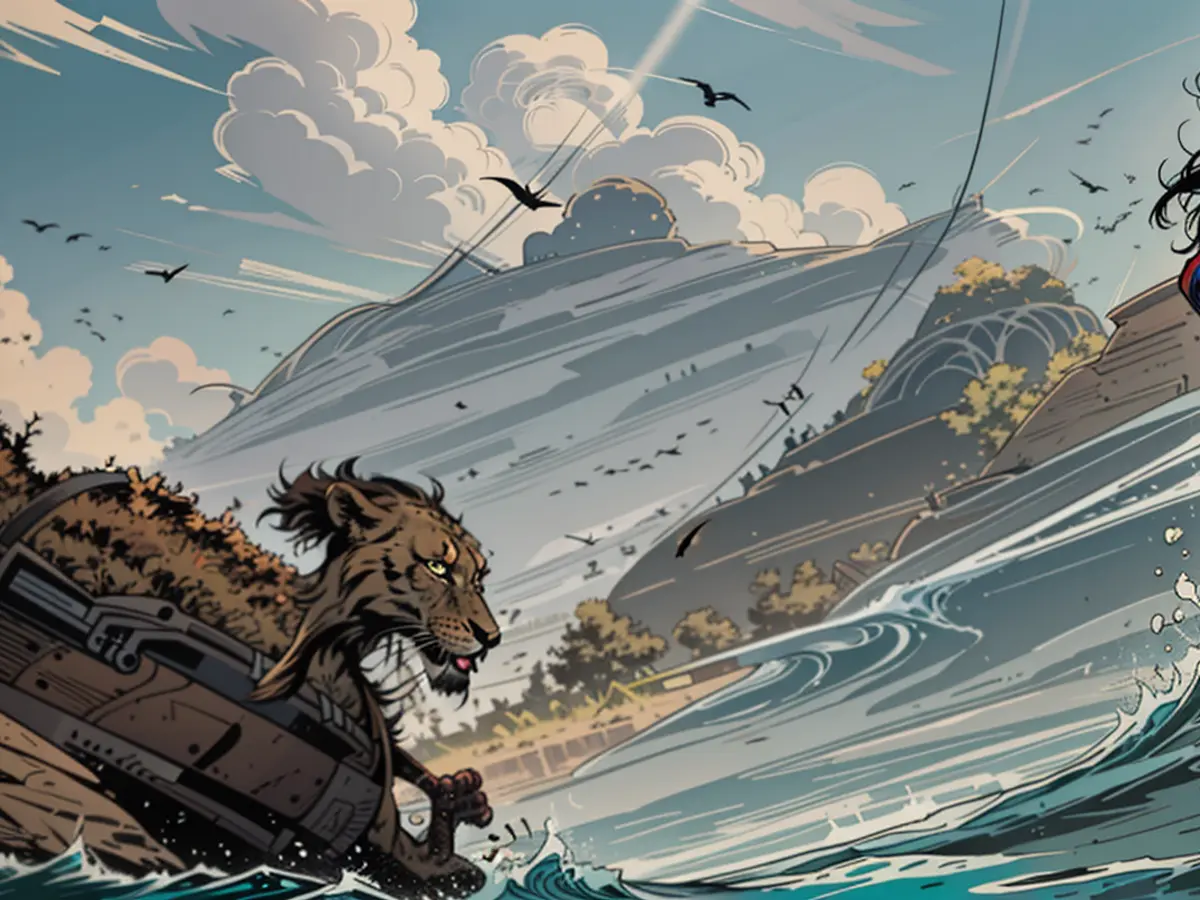Zoo-Life - Ah, how cute! Animal babys as media stars
Austria is experiencing its great "Knut Moment" in these days. At Schmiding Zoo near the city of Wels, a Gorilla baby has been born, the first one ever in Austria. And it has immediately become a media phenomenon. Just like the little Berlin Bear whose fate moved people all over the world in 2006, the nameless baby gorilla would not have survived without the care of veterinarians and caretakers.
For mother Kibibi, the birth was a difficult one, the Tierpark announced that she was not able to take care of the newborn's crucial care. Meanwhile, the Gorilla mother is fully taking on her maternal duties.
Animal Offspring as PR Campaign
It is always astonishing how much animal offspring become sensations and dominate media reporting. No Austrian daily newspaper or news broadcast comes without reporting on the well-being of the Schmiding Baby Gorilla at the moment. The Upper Austrian Zoo is also using the gorilla baby for advertising, just like the Zoological Garden in Berlin, where PR professionals have thrown their machinery into motion to let the public participate in the naming of a particularly cute Otter. This little one also had a difficult start into the world, a sibling had died at birth.
The Zoological Garden has a special tradition of making its animals famous. When during the bombing of Berlin in the Second World War, a hippopotamus bull named Knautschke survived as one of the few zoo animals, he became a symbol of the will to survive of the capital. The 1988 deceased animal still stands today as a bronze statue in the Zoo. Similar fame reached only the long-lived NDR mascot Antje, a Walrus cow in the Hamburg Tierpark Hagenbeck. And finally, as the most famous animal baby in zoo history, Eisbärchen Knut.
Modern Zoologists against "Anthropomorphism"
Despite the fact that animal celebrities are useful for cost-intensive zoo marketing, a countermovement against "anthropomorphism" has formed in recent years. The Vienna Zoo Schönbrunn, the oldest zoo in the world, recently announced that newborn animals will no longer receive names in the future. The elephants Tonga and Mongu are still trotting and trumpeting through the enclosure there, but soon they will only be anonymous African Elephants, at most named only with their Latin scientific names – Loxodonta africana.

Modern zoologists do not want to domesticate wild animals and turn them into pets, but rather want to represent the wilderness. What ultimately contradicts the principle of a zoo. A particularly engaged follower of this line of thought, who was once the director of the Copenhagen Zoo, had a Giraffe publicly slaughtered in 2014. The public outrage would probably have been less heated if the Bull had not been named Marius and popular.
The Power of the "Baby Schema"
Everyone who has children or was once a child knows that the goal of zoos, to arouse interest in fauna, is achieved through identification, through a personal connection to the animal as an individual.
Didn't evolution itself lay the foundation for this, by programming us humans with the "infant schema" for empathy towards offspring? Austrian ethologist Konrad Lorenz described this phenomenon for the first time in 1943. He discovered that the combination of certain optical features triggers a critical response, causing us to care for offspring. Our love for dogs and cats ultimately works in this way. Strictly speaking, there are many breeds only because their appearance activates these signals in us.
That this is even possible with a newborn Chinese turtle is a testament to our widespread affection across the vast fauna. Although it may not be the latest research: Give them names!
The Schmiding Zoo in Austria, famous for its newborn gorilla, also had a tradition of naming its popular animals, similar to Berlin's Zoological Garden and its famous otter. Just like the little Berlin Bear in 2006 and Eisbärchen Knut, the gorilla baby has become a media sensation. Despite the criticism against anthropomorphism in modern zoology, the power of the "baby schema" is undeniable, evoking empathy and fostering a personal connection with animals.






